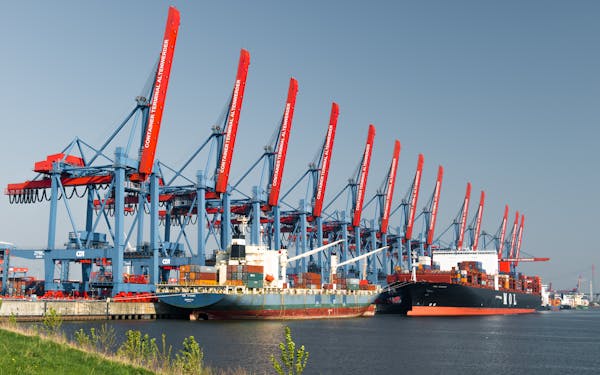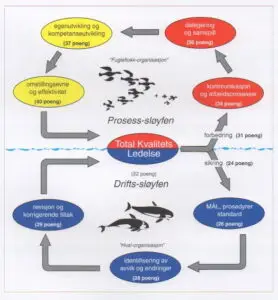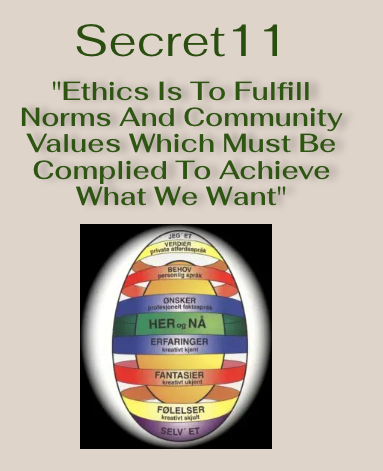




The author draws on personal experience, countless articles, and media reports to tell the story. Along the way, we are introduced to Easee’s unique flat and 2nd Order organisational culture, built on seven bold values:
Love, Openness, Humility, Vulnerability, Respect, Honesty, and Trust.
And at the center, a founder and CEO described as a hyperactive, blue-eyed bulldozer.
It’s an exciting tale of grand dreams, idealistic visions, amazing achievements—and poor craftsmanship when it mattered most.

IMPORTANT to know! • Quality control → becomes → Quality improvement • Quality assurance → becomes → Quality coaching • Quality management → becomes → Quality ethics/values
Jan Petrus Tweet

Just like the leadership style shifts from treating everyone the same, – to adjusting based on each individual, more and more reward factors need to be added for each stage of the figure-eight model we want to achieve.
Instead of equal pay for equal work, the trend moves toward fair pay based on different contributions, measured by the value of the individual’s skills. As a result, salary follows the person rather than just the job title, more than we are used to.
Salary will also focus less on money itself, and more on the quality of life that reward factors can bring to each person. In this way, rewards will become more personalized, and salary discussions will resemble general agreements rather than fixed wage contracts.
Based on our experience, we believe that personal reward systems can be linked to the annuel employee dialogue, based on the the level they reach in the Dobbel-Loop-Modell and their competence. See also SGL secrets 2 and 11 about Flow and Etichs.
